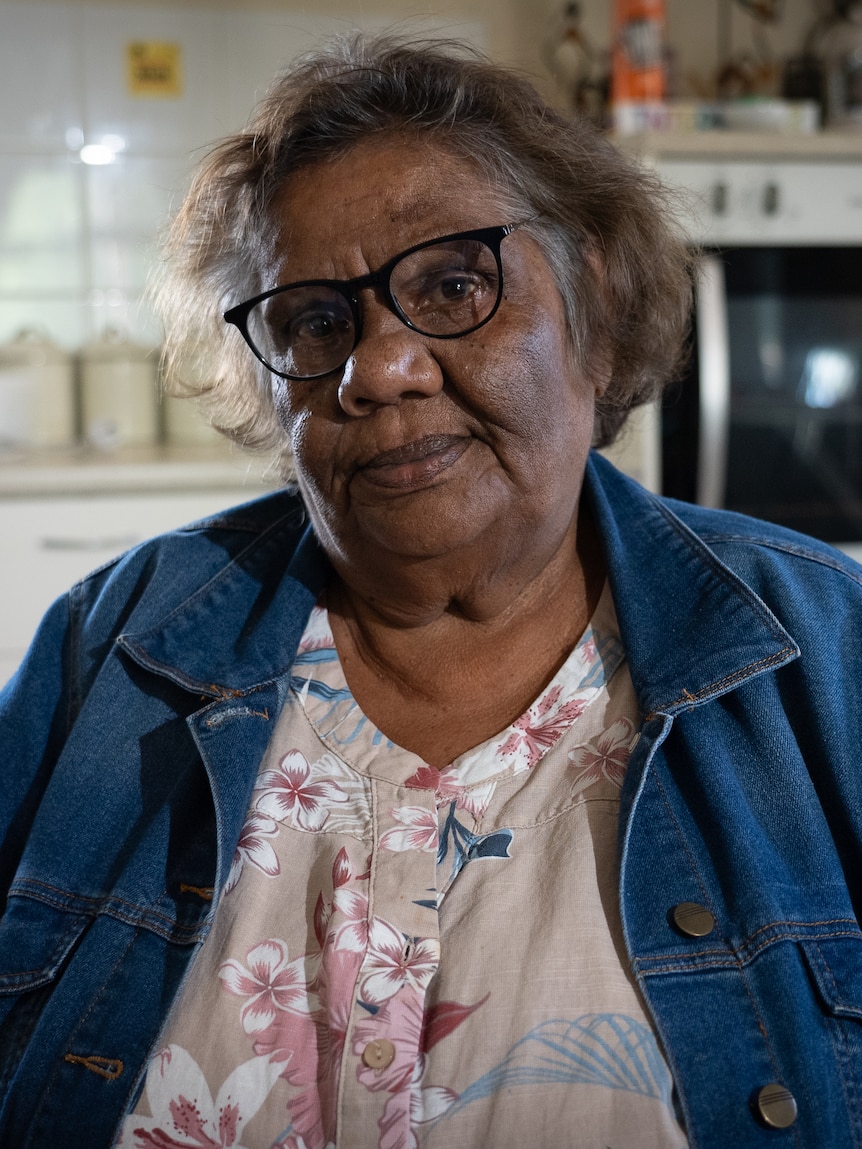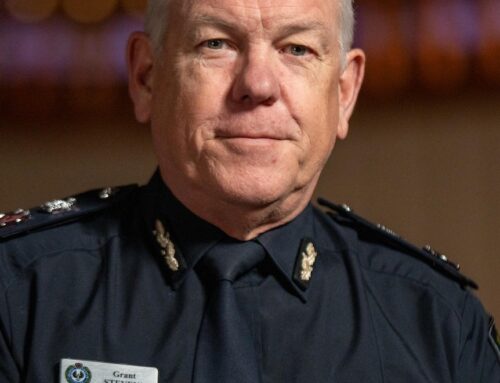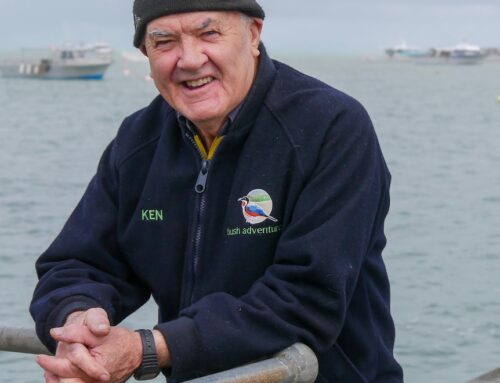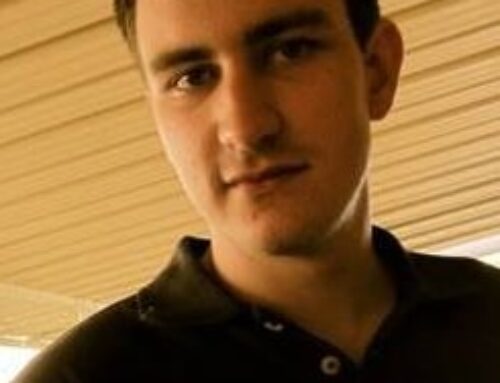When Louise Rankine was five days old, she was taken from her parents and placed into the care of a non-Aboriginal family.
Key points:
- SA’s Aboriginal Children’s Commissioner found First Nations children are increasingly being placed in out-of-home care
- She predicts up to 14 per cent of Aboriginal children in SA will be in state care by 2031
- The SA government is considering the report’s recommendations
Decades later, the Adnyamathanha woman is coming to terms with having three of her grandchildren in out-of-home care.
“I cried and cried and didn’t believe that it could happen to me because it didn’t happen to my immediate kids,” she said.
“It broke my heart.”
She thought of herself as the “protector” of her grandchildren after years of feeling like “an outsider” with her birth family.
Born in Hawker with her twin brother, who died at birth, Ms Rankine was taken by welfare authorities to Adelaide until she was 15 months old, when she was placed with a foster family at Stansbury in South Australia’s Yorke Peninsula.
“I was just taken to this place, I didn’t know any different,” Ms Rankine said.
“My journey has been quite challenging and quite traumatic.
“I didn’t get to know my family, find my family, until I was 21 years old.”
Ms Rankine does not like to be labelled as Stolen Generation but she feared her grandchildren would face the trauma she experienced.
One in three Aboriginal children in South Australia were reported to child protection authorities before they were born, a preliminary report by the Commissioner for Aboriginal Children and Young People revealed.
Commissioner April Lawrie warned, unless change is made, Aboriginal children will enter state care at rates similar to those of the Stolen Generation.
“The actual rates of removal are spiralling out of control,” Ms Lawrie said.
“We’re seeing this over-representation because we have systems in place that don’t pay enough attention to the way in which we engage families earlier in processes.
“Our families speak about how, far too often, what they needed was a support service rather than an acute child protection intervention leading to removal – that is what I heard over and over from families.
“Things happen much too late, and by then it’s too late. We need to get in early.”
The report, published on Wednesday, showed that half of Aboriginal children in SA were subject to at least child protection notification, compared to one out of every 12 non-Aboriginal children.
SA Child Protection Minister Katrine Hildyard said it was “absolutely clear” that improvements needed to be made.
“We are currently drafting new legislation in this space and the themes that are in those recommendations are certainly being considered in the review of the legislation,” Ms Hildyard said.
“A number of the issues that [Ms Lawrie] has highlighted are subjected to that drafting, and we will be able to progress.”
Ms Rankine said her identity was not restricted by her experience of being forced into care.
“Being stolen has impacted me but I’ve got healing through that,” the 70-year-old said.
“I felt as an outsider. [My birth family] saw me a little bit different – I had more non-Aboriginal ways than what they did … but then I thought that had an impact on them too.
“When I understand that, it comes together. Now I get along well with my family.”




